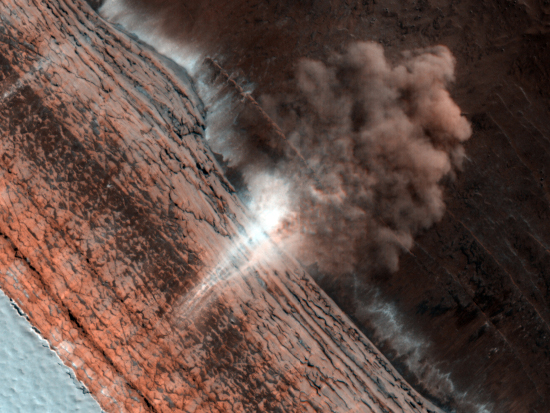White House officials held talks with China over technology, despite a law banning such talks
The law is such an inconvenient thing: White House officials held technology talks with China, despite a law banning such talks.
In [a General Accountability Office (GAO)] letter, Gibson said OSTP officials violated U.S. law by participating in May in bilateral discussions with Chinese officials in spite of a language included in a 2011 spending bill enacted in April that specifically prohibited such talks. GAO concluded that OSTP officials violated the Anti-Deficiency Act, which prohibits U.S. government employees from spending money that Congress has not appropriated. “If Congress specifically prohibits a particular use of appropriated funds, any obligation for that purpose is in excess of the amount available,” Gibson wrote in the Oct. 11 letter. In May, OSTP officials spent approximately $3,500 to participate in discussions and a dinner with Chinese government officials, according to the GAO letter.
[Congressman Frank] Wolf (R-Virginia), a vocal critic of China’s human rights policies who also testified at the hearing, inserted the language in the 2011 spending bill barring OSTP and NASA from participating in any bilateral activities with China. “Following the law is not voluntary for administration officials,” Wolf said. [emphasis mine]
Sadly, it appears that this administration does not agree with Wolf, and instead considers the law to be nothing more than vague advice they can ignore at will.
The law is such an inconvenient thing: White House officials held technology talks with China, despite a law banning such talks.
In [a General Accountability Office (GAO)] letter, Gibson said OSTP officials violated U.S. law by participating in May in bilateral discussions with Chinese officials in spite of a language included in a 2011 spending bill enacted in April that specifically prohibited such talks. GAO concluded that OSTP officials violated the Anti-Deficiency Act, which prohibits U.S. government employees from spending money that Congress has not appropriated. “If Congress specifically prohibits a particular use of appropriated funds, any obligation for that purpose is in excess of the amount available,” Gibson wrote in the Oct. 11 letter. In May, OSTP officials spent approximately $3,500 to participate in discussions and a dinner with Chinese government officials, according to the GAO letter.
[Congressman Frank] Wolf (R-Virginia), a vocal critic of China’s human rights policies who also testified at the hearing, inserted the language in the 2011 spending bill barring OSTP and NASA from participating in any bilateral activities with China. “Following the law is not voluntary for administration officials,” Wolf said. [emphasis mine]
Sadly, it appears that this administration does not agree with Wolf, and instead considers the law to be nothing more than vague advice they can ignore at will.



